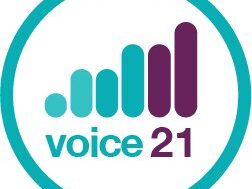Verbal feedback in primary English
When it comes to providing high quality feedback, we need to ensure that we are teaching responsively – actively eliciting evidence about our pupils’ learning in order to inform and adapt our teaching to meet their needs (Black and Wiliam 1998). One efficient and immediate response to move pupils’ learning forward is to provide verbal feedback.
Giving feedback verbally means that you can clarify and elaborate immediately, therefore ensuring that misconceptions are not embedded, and pupils can act upon the feedback given straight away.
As you watch this video of classroom practice, consider how the teacher:
- Elicits information about pupils’ learning through questioning
- Prompts pupils to elaborate and self-explain their ideas
- Clarifies learning goals
- Establishes clear routines and expectations for live marking
Whether you’re establishing ways of working for the first time or reviewing your feedback approaches, take some time to reflect on what the teacher has done, how they’ve done it, what they might have done differently, and how this might influence your own practice.
References
Black P and Wiliam D (1998) Inside the Black Box: Raising Standards Through Classroom Assessment. Phi Delta Kappan 92(1) p.81-90. Available at: https://journals.sagepub.com/doi/pdf/10.1177/003172171009200119 (accessed April 2020)


